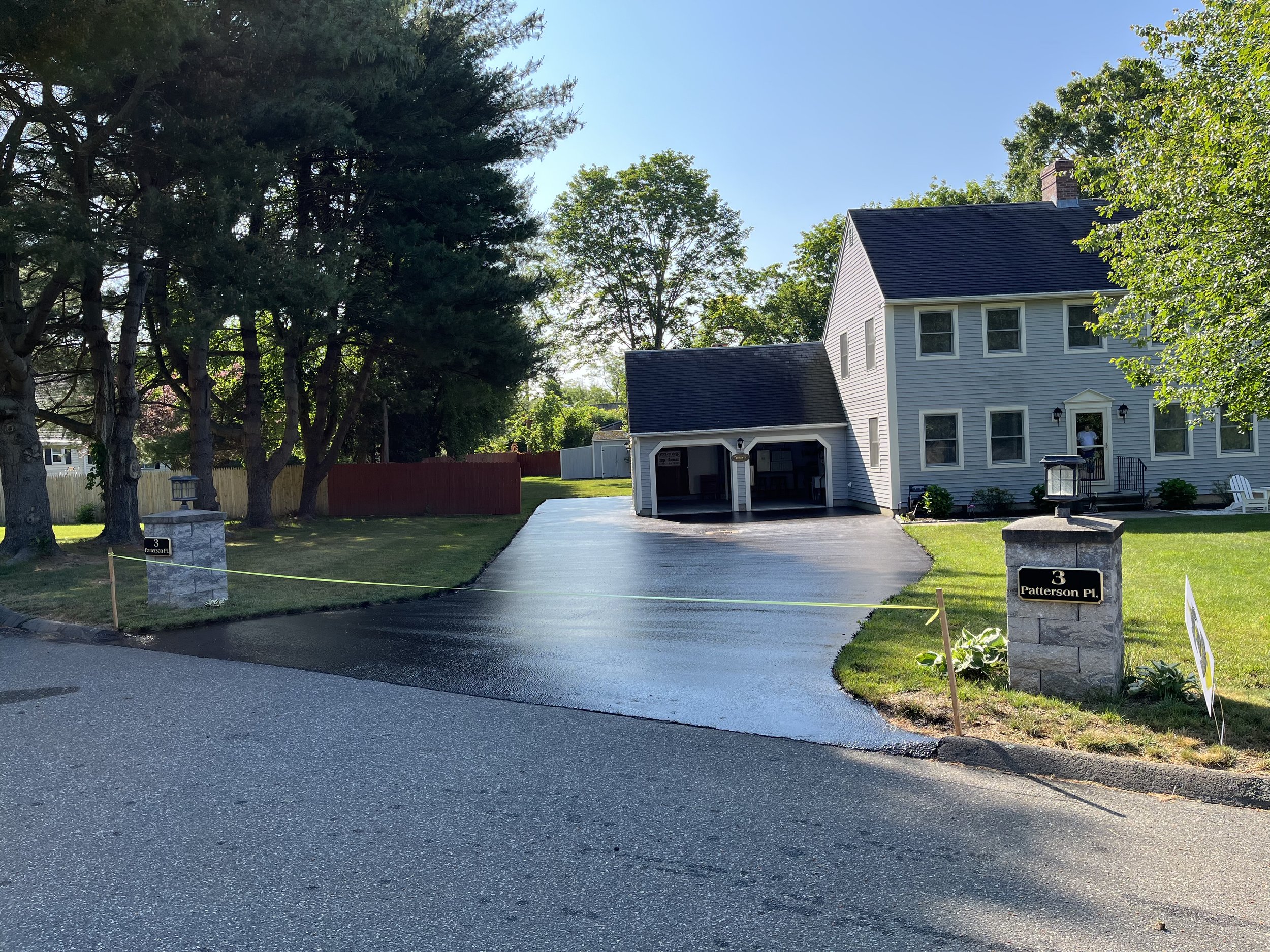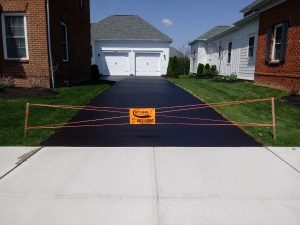Cold Mix Asphalt Vs. Hot Mix Asphalt: Which Is Right for You?

Structure Distinctions
Cold mix and warm mix asphalts vary considerably in their make-up, with distinct attributes that impact their performance and applications. Cold mix asphalt is created by emulsifying the asphalt binder with water and an emulsifying representative before mixing it with accumulation. This method permits the asphalt to be convenient at reduced temperatures, making it suitable for short-lived repairs and for usage in chillier climate conditions. Hot mix asphalt, on the other hand, is produced at high temperature levels, usually in between 300-350 ° F, which aids to accomplish much better compaction and a much more sturdy final product. The hot mix asphalt manufacturing process includes heating up the aggregate and asphalt binder individually before incorporating them at the asphalt plant.
Furthermore, cool mix asphalt tends to be less dense and more adaptable than hot mix asphalt. This flexibility makes it better suited for locations with greater degrees of activity, such as driveways or roadways with heavy web traffic. In contrast, warm mix asphalt is understood for its high durability and resistance to rutting and cracking, making it a recommended selection for freeways and high-traffic roadways where durability is essential.
Installation Refine Variations
The process of mounting cool mix and warm mix asphalt exhibits remarkable differences in their requirements and treatments. Cold mix asphalt, being a much more adaptable product, can be applied straight from the bag or container onto the hole or damaged area. It needs minimal preparation work, such as cleaning the location and condensing the chilly mix with hand devices. This makes it a convenient option for short-term and fast repairs. On the other hand, hot mix asphalt demands a more intricate setup process. It involves heating up the mixture to heats before laying it down on a properly ready base. The preparation consists of compacting the base, using a tack layer, and utilizing heavy equipment like pavers and compactors for a long lasting and smooth surface. Because of the heating demands, warm mix asphalt installations are commonly performed by specialists with customized tools, guaranteeing a much more long-term and structurally sound outcome.
Longevity and Durability Factors
When considering asphalt options, resilience and longevity are important aspects to examine for enduring sidewalk performance. Hot mix asphalt (HMA) is known for its outstanding sturdiness and long life. The high temperature levels throughout the blending and laying process permit far better compaction, resulting in a denser and more powerful sidewalk framework. This brings about HMA being more immune to rush hour loads, rough climate condition, and angle parking the results old compared to cool mix asphalt (CMA)
In terms of long life, HMA usually surpasses CMA as a result of its superior toughness and resistance properties. HMA sidewalks have a longer life span, calling for less regular repair work and upkeep, which can translate to set you back savings over time. Additionally, HMA pavements are more easily customizable to satisfy specific job needs, even more enhancing their resilience.
Price Considerations
Considering the monetary implications is an important element when evaluating the choice between warm mix asphalt (HMA) and cool mix asphalt (CMA) for sidewalk projects. While the preliminary cost of warm mix asphalt is typically greater than that of chilly mix asphalt, HMA frequently offers a more cost-effective remedy in the lengthy run due to its superior resilience and durability.
In addition to product prices, it's vital to consider the costs connected with installment and maintenance when contrasting HMA and CMA. Inevitably, the decision in between HMA and CMA must take right into account not just the preliminary price but additionally the long-lasting monetary effects to determine the most economical choice for the specific pavement job.
Environmental Influence Comparison
Comparison of the environmental effects in between warm mix asphalt (HMA) and cold mix asphalt (CMA) exposes distinct distinctions in sustainability techniques. HMA production requires high temperature levels, leading to enhanced energy usage and greenhouse gas exhausts. The procedure likewise releases unstable organic compounds (VOCs) and unsafe air pollutants (HAPs) into the environment. On the other hand, CMA is created and used at lower temperature levels, lowering power use and exhausts substantially. The reduced manufacturing temperature levels of CMA result in decreased gas usage and reduced degrees of carbon dioxide discharges, making it a much more environmentally friendly option.
Moreover, making use of CMA frequently involves recycling existing asphalt sidewalk, advertising resource conservation and decreasing the amount of waste sent to garbage dumps. This recycling element further enhances the sustainability of CMA compared to HMA. Generally, when thinking about the environmental impact, CMA arises as a much more eco lasting option due to its reduced energy demands, lowered discharges, and the potential for reusing existing materials. By selecting CMA over HMA, road construction tasks can contribute positively to environmental conservation efforts.
Verdict
In verdict, the choice between cool mix asphalt (CMA) and hot mix asphalt (HMA) depends on numerous factors such as structure, installment procedure, sturdiness, long life, cost, and ecological effect. asphalt patch repair. While CMA uses a cost-effective and quick option for minor repair services, HMA makes certain superior sturdiness and long life for rush hour locations. Consider these factors thoroughly to figure out which kind of asphalt is the ideal option for your paving requires

Considering the monetary implications is a crucial element when reviewing the choice between warm mix asphalt (HMA) and cool mix asphalt (CMA) for pavement projects. While the first expense of warm mix asphalt is normally higher than that of cold mix asphalt, HMA commonly provides a more affordable service in the lengthy run due to its premium resilience and durability. asphalt repair.Contrast of the environmental influences in between warm mix asphalt (HMA) and cold mix asphalt (CMA) reveals unique differences in sustainability methods.In verdict, the selection in between cool mix asphalt (CMA) and warm mix asphalt (HMA) depends on numerous variables such as structure, setup process, durability, long life, cost, and ecological effect
Comments on “Reliable Asphalt Repair: Cold Mix Sealing Techniques Introduced”